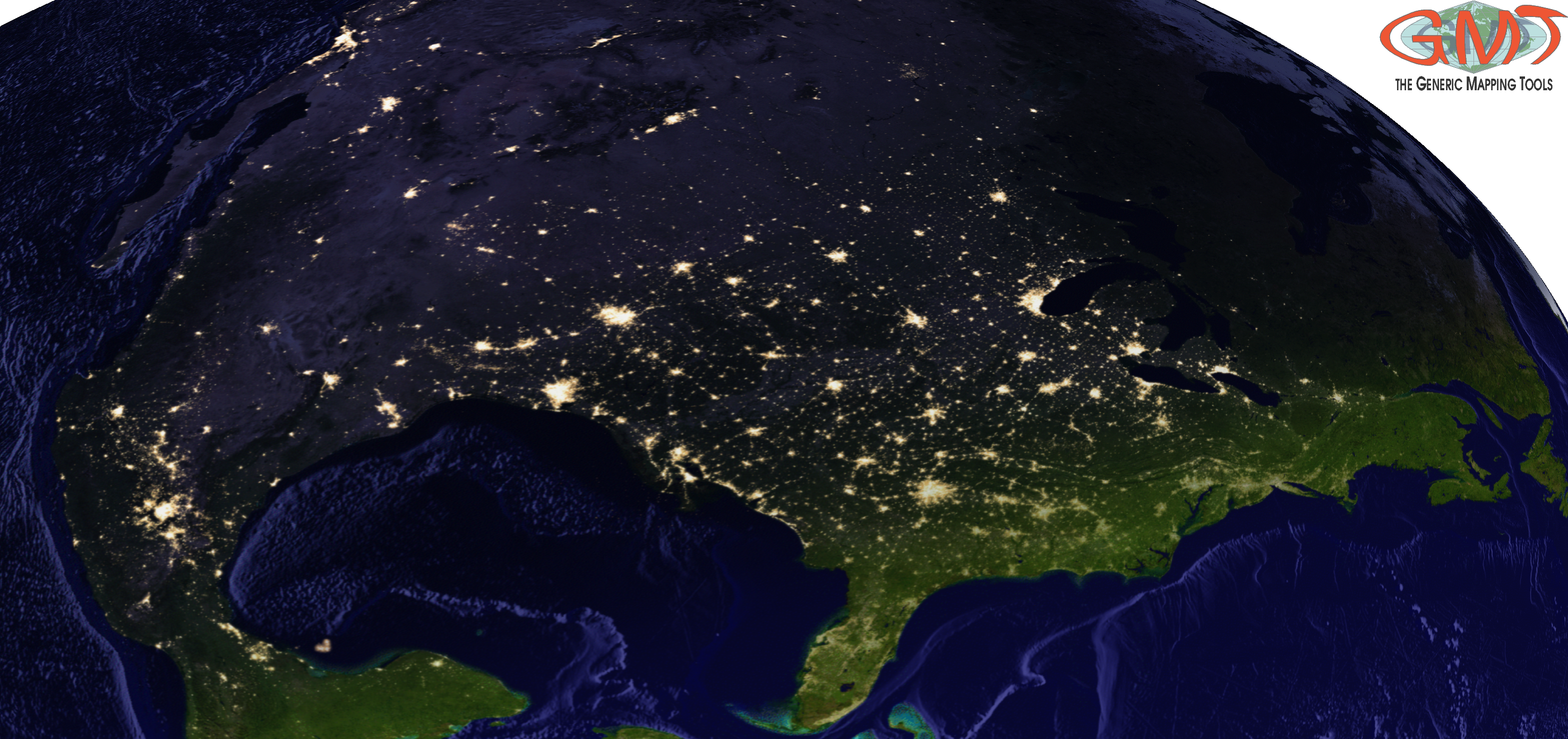Here's the hackmd file: https://hackmd.io/i4XjR4PxSn6ZTrtkAcA-5A. I will expand the description section after we finalize the session decision (more info below). In the meantime, collaborating authors can add themselves.
I left the 'decide on a session' task unchecked because the session descriptions have changed since we first discussed on the GMT Forum. In particular, the open science in action session is now more limited in duration. I asked for clarification about the three different sections (oral presentation, tutorial, and e-Lightning) and found out that the conveners are only soliciting abstracts for the e-Lightning section.


Description of the desired feature
We decided to submit a PyGMT AGU abstract in a discussion on the GMT Forum; I am opening this issue to track progress and to host PyGMT specific discussions before the August 4 deadline.
Link to abstract: https://hackmd.io/i4XjR4PxSn6ZTrtkAcA-5A
Tasks: